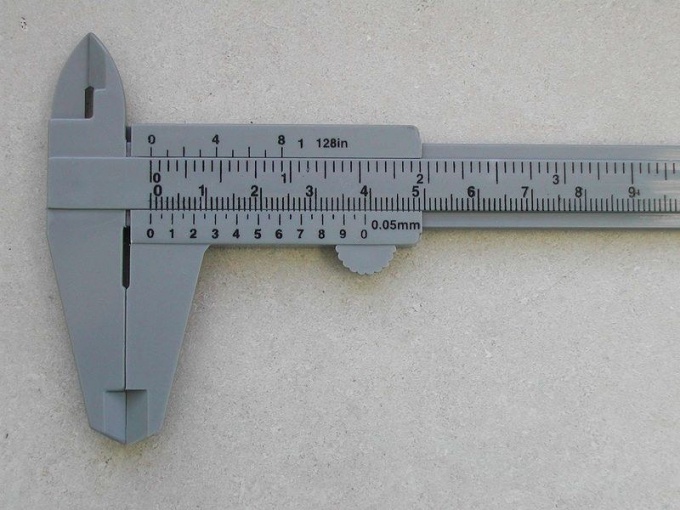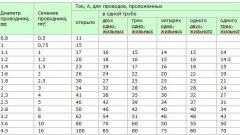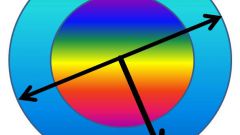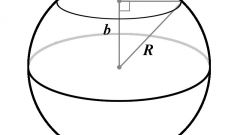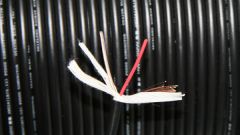Instruction
1
To translate specified in the statutes section of a solid wire in its diameter, use the following formula:D=2sqrt(S/π), where D - diameter, mm; S - conductor cross-section, mm2 (square millimeters it electricians abbreviated as "squares").
2
Flexible stranded wire consists of many thin of strands, twisted together and placed in a common insulating sheath. This allows him to survive the frequent movements of the load, which is connected with its help to the power source. To find the diameter of one conductor of the conductor (which can be measured with a Vernier caliper), first locate the cross-section of the conductor:s=S/n where s is the cross - section of one core, mm2; S is the total conductor cross-section (as specified in the regulations); n is the number of cores.Then move the cross-section of cores in diameter, as described above.
3
On printed circuit boards are used in flat conductors. Instead of diameter, they have a thickness and width. The first value is known in advance from the technical data of foil material. Knowing this, it is possible to find the width of the cross section. To do this, use the following formula:W=S/h, where W is conductor width, mm; S - conductor cross-section, mm2; h - thickness of conductor, mm.
4
The conductors are of square section are relatively rare. Its cross section must be translated to either the side length or the diagonal of a square (a caliper can measure both). The length of the side is calculated as follows:L=sqrt(S), where L is the side length, mm; S - conductor cross-section, mm2.Then the length of the sides to find the diagonal, make the following calculation:d=sqrt(2(L^2)) where d is the diagonal of a square, mm; L - length, mm.
5
If the conductor cross-section which corresponds exactly to the desired will not have, use another that has more, but in any case not smaller section. The type of conductor and its insulation you choose depending on conditions of use.
Note
Before measurement of the conductor caliper remove the supply voltage and make sure it is no using a voltmeter.
